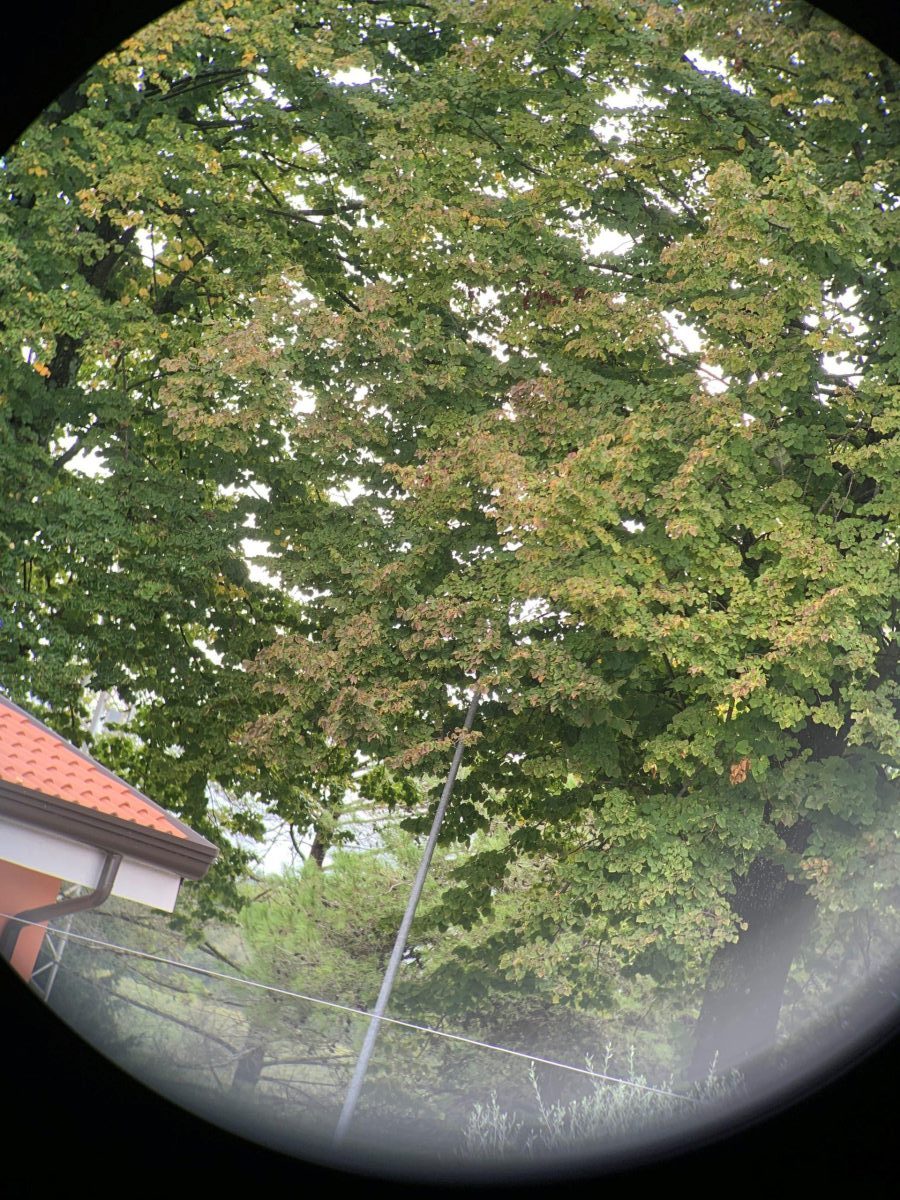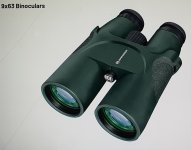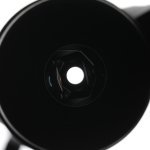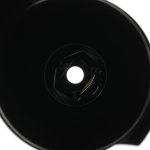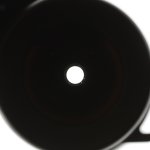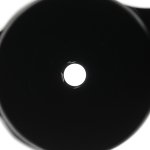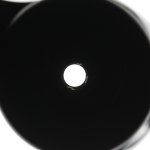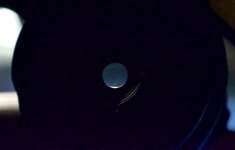John A Roberts
Well-known member

I don't know, these reviews seem to indicate they work pretty good on binoculars.
Four Stars
By Ben Howard in the United States on October 22, 2018 Work great on my binoculars.
Four Stars
By Len in the United States on August 4, 2014 I bought these for my 8x42 binoculars, and they do exactly what they are supposed to do.
Works just as advertised
By Gonz in the United States on July 20, 2017, Works just as advertised, can't tell when they are on when looking through the binoculars and I tried it with friends telling me they don't see the reflection of me looking at them. They are curved, so you won't be able to set your binoculars standing up with them on if that's how you store them, but I lay them flat now, also the clips are not really strong, and they fall off if you hit something or rub against something, but I glued them to my binoculars with soft silicone and that solved my problem. I mainly use it to check if there are people in a fishing spot I'm going to and to see if the people there are packing up or will be there for long, I got saltwater on them and just rinsed it and doesn't seem to hurt them.
. . . You seem keen to make my point:
If you read through the reviews on Amazon, many seem to positively comment on the anti-glint function,
though it's unclear as to whether in-image glare is also being addressed.
While others are just totally unclear as to what in particular is being rated - as with some of Dennis' examples.
. . .
🤔
John





